- We tested the Honda Motocompacto's Go Far (10 mph) and Go Fast (15 mph) modes.
- It's an efficient way to get around, as long as you don't value feeling your legs.
- It cost us just $0.01 to fully charge it back up, which took 3.5 hours.
Honda Motocompacto Is the Most Efficient (and Painful) EV We’ve Ever Tested
This adorable suitcase on wheels takes to the bike paths of Huntington Beach for its most important test yet
To understand how the most important Edmunds EV Range Test to date came to be, I first need to tell you about my desk. While the Edmunds office is laid out in an open-concept style that promotes chatter and collaboration, my desk is unique in that it faces a corner. It's the space where we store all of our testing equipment, and crucially, our pair of Honda Motocompactos.
See, it's not all Dodge Vipers, Ford Shelby GT500s and infamous Fisker Oceans around here. Still, the best answer I can give you as to why we bought two adorable little suitcase-style scooters at the end of last year amounts to: "Why not?" Yet the little Hondas do more sitting than the Dodge, Shelby or Fisker ever did, collecting dust right in my line of sight. I needed to change that.
So, with all of our testing equipment at my disposal and an editor willing to humor wacky ideas, I set out to conduct the first-ever independent Motocompacto range test. Little did I know that I was in for a day of pain, dozens of dirty looks, and enough suitcase motoring to last a lifetime.
2024 Honda Motocompacto | Specs |
|---|---|
| Motor | One electric motor |
| Peak power | 0.66 hp (490 watts) |
| Torque | 11.8 lb-ft |
| Driveline | FWD |
| Estimated range | 12 miles |
| Top speed | 15 mph |
| Weight | 41.6 pounds |
| Price as tested | $1,094.50 |
Let's start with the numbers
Unlike a typical Edmunds EV Range Test day, this one begins in my bathroom as I step on my scale fully dressed. Peep Honda's claimed figures for the Motocompacto, and you'll find that it can accommodate riders as heavy as 265 pounds. However, there's no mention of how their weight and size impact the scooter's 12 miles of estimated range.
As measured on the test day, I weighed 189 pounds and stood 5 feet, 11 inches tall. In other words, I'm far enough away from Honda's upper limit. The Motocompacto proved to be much svelter, at 41.6 pounds by itself and 46.5 pounds with all of our testing gear onboard.
You'll find a VBOX, a battery pack, an antenna and a thermo-hygrometer on that equipment list. Like every other EV we test, I'm logging GPS-verified speeds, distances and ambient temperatures during the run. And as you can see from the photos, much of this gear needed to be taped to the scooter's plastic shell, although the VBOX and battery pack fit neatly in its central compartment.
The stage for this momentous event was set at the Bolsa Chica State Beach bike path in Huntington Beach, California. Which, as you move south, connects to another bike trail, totaling 8.5 miles of paved path with no stoplights, only small hills, and a 10 mph speed limit (sorry in advance). Much to my delight (and that of Edmunds' legal department), the bike path eliminates the risk of riding alongside cars.
Go far, go slow
With the CR-V I'm simultaneously testing creating a photo op Honda's PR department could only dream of, I unfold the Motocompacto, tape all of its gear on, and set off. While its estimated range tops out at 12 miles, it can only achieve that figure in its Go Far mode, which caps its top speed to 10 mph. So, in the interest of pushing this scooter to its limit, I'm running it on its low power setting.
The Compacto's novelty endures over those first few miles with the Pacific Ocean to my right and the tanned retirees who inhabit the beaches of Orange County on a Thursday morning to my left. That is, until I hit the first bit of broken pavement and the Motocompacto's complete lack of suspension and stiff semi-solid rubber tires jolt me out of this idyllic cruise. It's the first sign that my day at the beach might be more painful than expected.
As the initial section of the path ends and I turn toward a small bridge, the paved surface begins to resemble a block of Swiss cheese. Not only are the potholes plentiful, but they're deep. So as I fail to swerve out of the way, I'm treated to the Motocompacto shuffle, which consists of a jolt with its firm seat ensuring that I feel every bit of my mistake and its front wheel wobbling as I attempt to regain my balance. All of which happens as I'm moving at 10 mph and dogging snarky senior citizens who are, somewhat understandably, not thrilled to see a grown man riding a suitcase with gear taped all over it barreling toward them.
Under ideal conditions, steering the Motocompacto is actually quite intuitive. Although the Motocompacto's front wheel is tiny and willing to change direction instantly, ensuring that the Honda tracks straight isn't a challenge. What is a challenge is what starts to happen as I cross my 10th mile on the move, and my lower half goes from being bruised to a little numb. Knowing that I signed on for a high-stakes game, I press on, and the Motocompacto eventually gives up, having covered 13.8 miles at an average speed of 10.3 mph.
But wait! There's more
While I'm sure you can guess what happens next, I unload and unfold our second Motocompacto, engage its 15-mph Go Fast mode, and point its little headlight back toward the snarky seniors. Immediately, a pole-mounted speed trap (yes, really) tells me that I'm speeding as it flashes the words "Slow Down!" repeatedly, but science sometimes requires that you break the rules, so I chose to ignore the posted 10-mph limit.
I truly wish I hadn't, though, as increasing the little Honda's speed by 50% makes its shockingly bad ride infinitely worse. The Motocompacto shuffle turns into a Jeep Wrangler-style death wobble, with each jolt delivering enough force to unstick some of the testing equipment from the scooter's shaking plastic shell.
It's to the point where I begin to brace for each unavoidable rut by leaning forward ever so slightly and holding some of the gear down to ensure that it doesn't fly off. If all of this sounds like quite the hilarious scene, the retirees, who now had a grown man barreling toward them at 15 mph on a suitcase that's actively falling apart, certainly didn't think so.
Still, no one wants this test to be over more than me at this moment. No amount of stunning beach views and perfect weather can distract me from the loss of feeling in my legs and the aching of my bones. So, the second Motocompacto finally gives up the ghost after 9.8 miles at an average speed of 14.5 mph; the sense of relief that follows is immense.
Wait, that's it?
It doesn't last long, however, as I realize that while the Go Far mode has exceeded its claimed range of 12 miles, the Go Fast setting fell short of its 11-mile estimate. It's a mixed feeling, really. On the one hand, I was rooting for the little suitcase, but on the other, I'm pretty sure I never want to ride it again.
With all three Hondas on the move back to the Edmunds office, I reach my desk and the corner that started this whole ordeal, and plug the exhausted twins in. Like any other Edmunds EV Range Test, a charging test follows. The slower of the pair, affectionately nicknamed "Prost" by the team, took 3.5 hours to fully restore its 6.8-Ah battery pack, consuming 0.254 kWh. The quicker of the pair, known as "Senna," completed its recharge in 3.6 hours, consuming 0.253 kWh in the process.
This brings Prost's consumption to 2 kWh per 100 miles, making it the most efficient electric vehicle Edmunds has ever tested. Whether it should count as a proper EV is up for debate. Senna, on the other hand, managed 3 kWh per 100 miles. Based on the electricity prices for our Santa Monica, California, office, charging the pair ran up our bill by just $0.01 each.
Yet while the Honda Motocompacto is one of the cheapest electric vehicles to cover miles in, and its 15-mph top speed is thrilling initially, its harsh ride and hard seat ensure that while I can ride reasonable distances on a single charge, I won't want to. Maybe the fact that the twins mainly collect dust in their corner parking lot isn't such a bad thing after all.
Photos by Gabriel Vega Cortés



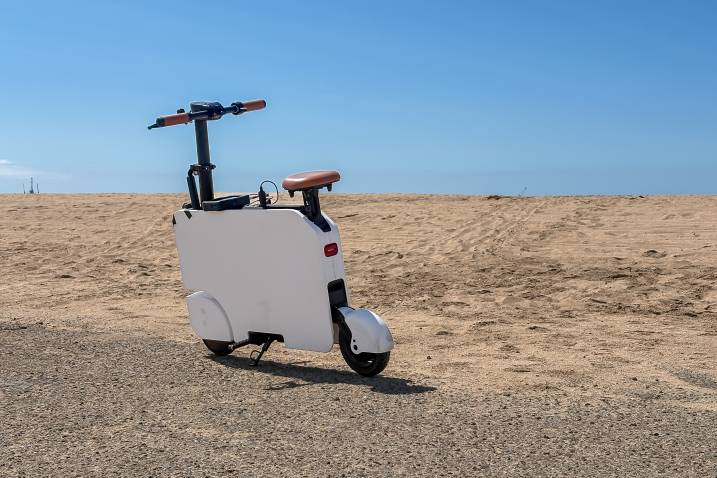
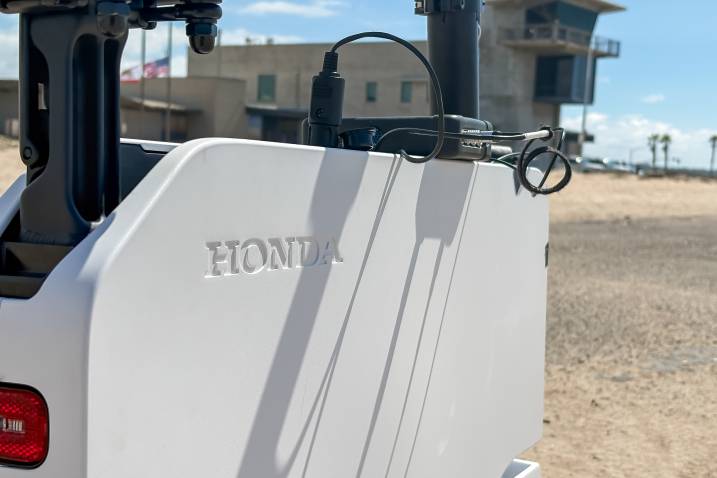
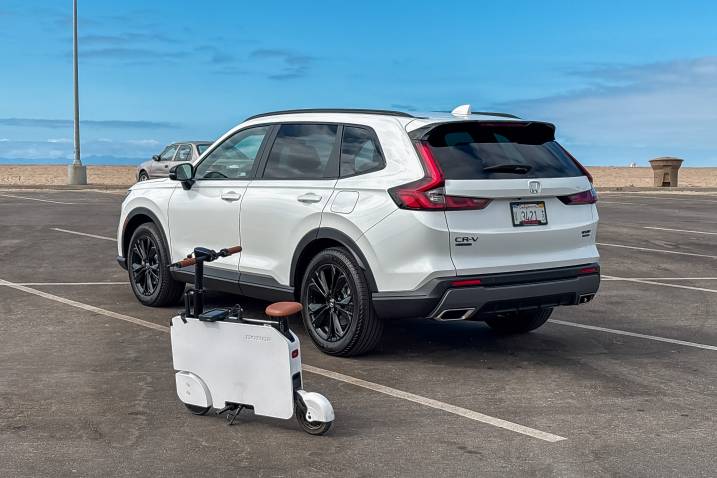
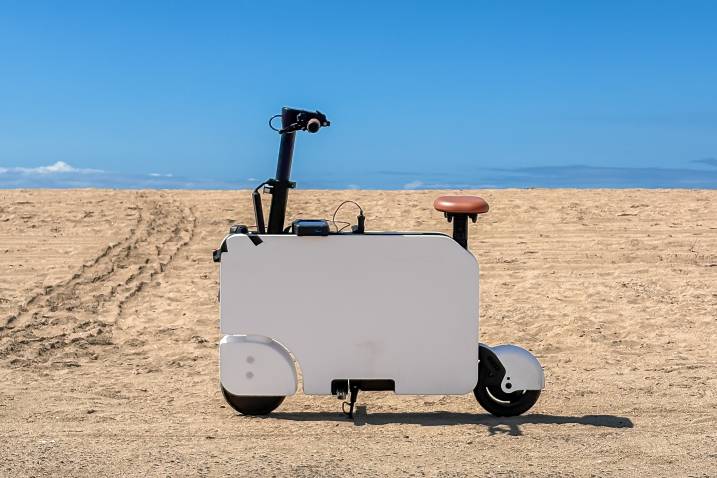
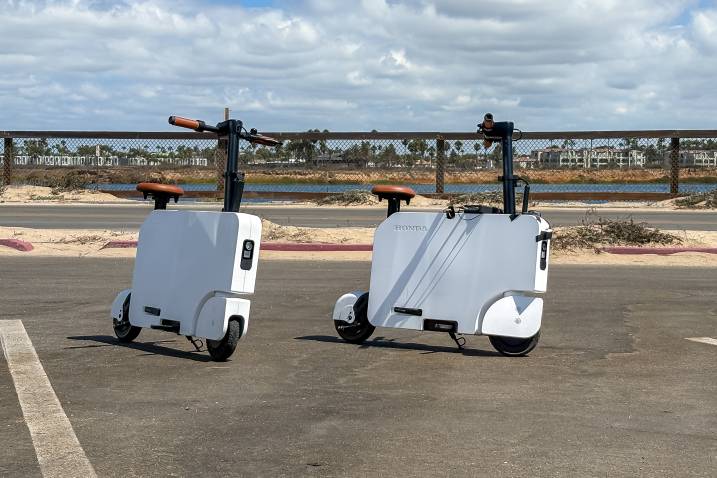

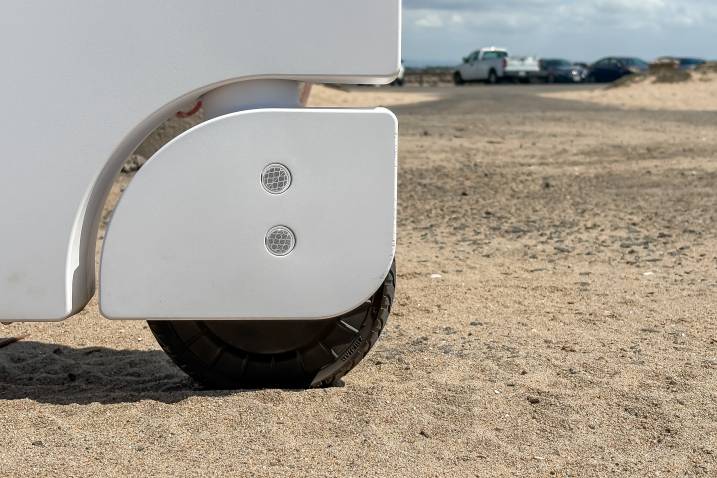
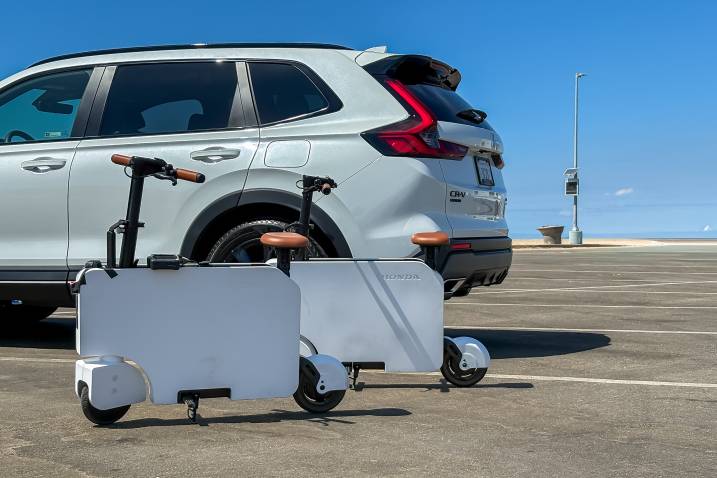
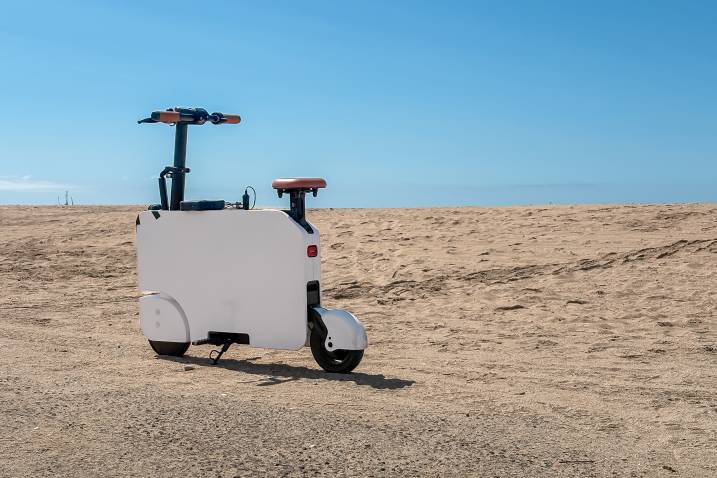
 by
by  edited by
edited by